Passive Intermodulation
Passive intermodulation (PIM) occurs when two downlink signals at a cell site combine due to a nonlinear object (or objects) in the RF path. Mixed signals generate new frequencies that can degrade the system’s overall performance and raise the noise floor, causing network operators multiple problems. It is essential to analyse and mitigate issues arising from PIM interference.
PIM interference is a growing challenge for all wireless networks, particularly broadband-reliant cellular networks. PIM is not a new problem for cellular networks. Industry leaders have seen the issue grow for years and attempted to accommodate it. However, consumer demand has outpaced wireless infrastructure. Networks have worked quickly to establish new cell sites, which frequently increase PIM even as they grow capacity.
The increase in interference is driving a critical, industry-wide need for PIM mitigation/PIM hygiene. PIM hygiene includes actions such as site clean-up. Crews can replace components with poor PIM performance with alternative options: low PIM unistruts, straps, support brackets and other hardware.
There are many objects that can cause PIM interference. Metal snap-in cable hangers and stainless-steel hose clamps regularly generate service-impacting PIM. This is especially true when cables and other equipment are installed near antennas.
Common Building Materials
Multiple construction components contribute to external PIM. One of the most common reasons is the installation of stainless-steel brackets to anchor wires at cell sites. While the brackets are sturdy, inexpensive and impervious to rust, they can cause several issues.
Roofing Materials
Roofing materials create challenges for detecting PIM interference because the materials that cause it are often hidden below protective barriers. These materials include overlapping deck members, sheet metal, screws, plates, flashing, air conditioning units, antennas, mounting components, rust on metal, lighting and certain types of rooftop signage.
Power Lines and Digital Billboards
Power lines and digital billboards are an inevitable part of any community. These structures present issues with PIM hygiene because they are outside of the control of the cell site. When these items create PIM, it requires mitigation within the site itself.
Outdated Components with Poor PIM Performance
Outdated cable mounts, poorly insulated connections, bad interfaces, and metal mismatches are frequent culprits in PIM interference.
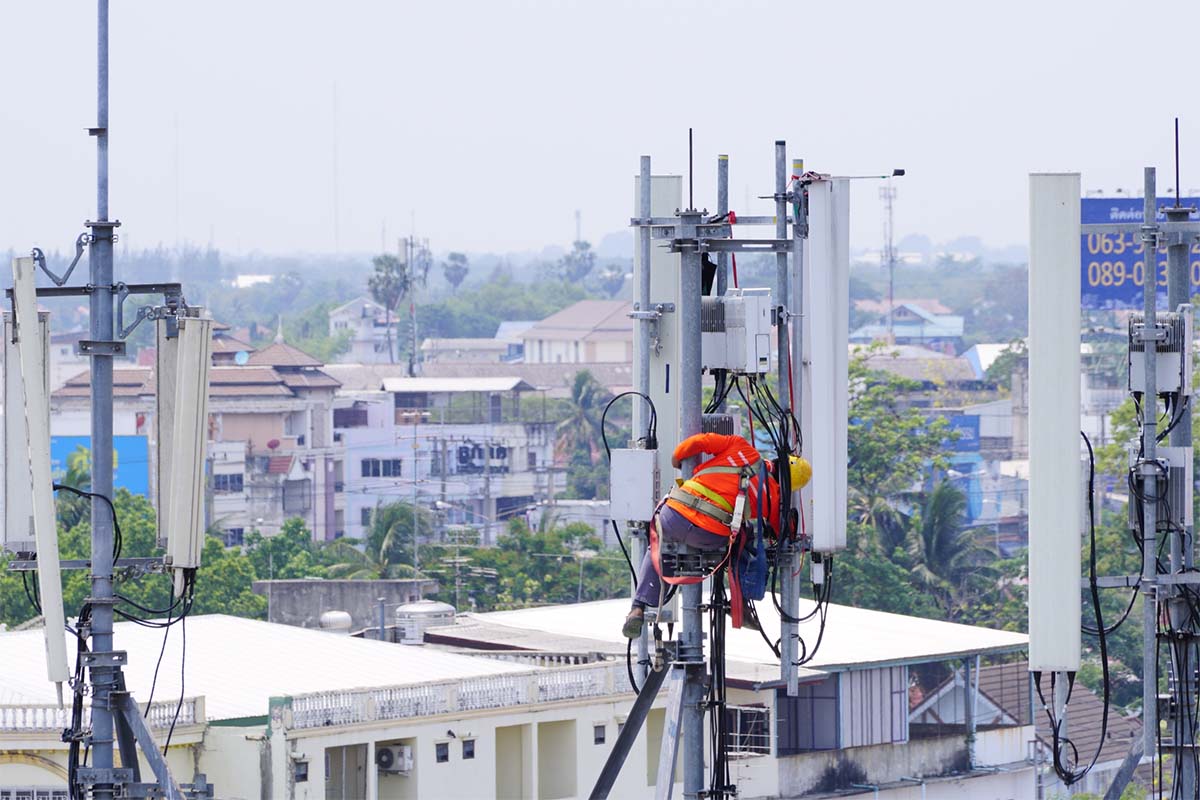
PIM Analysis and Mitigation
The Rosenberger portable and multifunctional broadband PIM Site Analyzer alpha provides the best alternative for performing the most precise and efficient PIM tests on site. ConcealFab products such as PIM Absorber Kits, PIM Blankets, and PIM Paint help mitigate PIM damages. Check out the range below and protect your infrastructure.
PIM Analysis and Mitigation tools
Frame recommended range of PIM Mitigation and PIM analysers from Rosenberger and ConcealFab
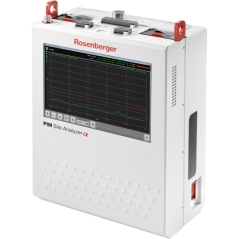
PIM Analyser
PIM Analysis
The Rosenberger portable and multifunctional broadband PIM Site Analyzer alpha provides the best alternative for performing the most precise and efficient PIM tests on site.
The PIM Site Analyzer alpha consists of a single master unit with band-specific, interchangeable filter units since the form factor of the filter units is the same. Take out one filter unit, e.g., 900 MHz, and replace it with another filter unit, e.g., 1800 MHz, without any calibration of the filter unit, potential adaptors, test cable, or operational mode(s). Future-proof plug and play concept covering 700 to 2700 MHz.
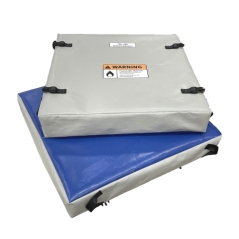
PIM Absorber Kit
PIM Mitigation
The PIM Absorber Kit is an additional tool that can be used during a PIM hunt to help determine PIM source direction when using a PIM analyzer or when using a CPRI analyzer to measure progress. If the PIM magnitude or uplink noise level reduces when the Front Absorber Kit (901124) is installed on the front of an antenna, the PIM source is likely in front of the antenna. If the PIM magnitude or uplink noise level does not reduce (or increases) when the Front Absorber Kit is installed on the front of the antenna, the PIM source is likely behind or beside the site antenna.
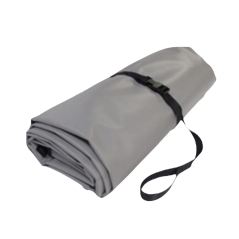
PIM Blanket
PIM Mitigation
PIM blankets are temporary RF barriers that can be deployed on rooftops, both in front of as well as behind base station antennas, to help isolate sources of Passive intermodulation (PIM).
When a PIM blanket is placed over an external PIM source, PIM from that source typically reduces by >30 dB. PIM blankets not only help validate the exact location of external PIM but also show the level of improvement that could be achieved with a permanent repair
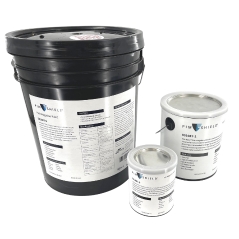
PIM Paint
PIM Mitigation
PIM mitigation paint and caulk are conductive acrylic polymers with enhanced elasticity designed to reduce external PIM at cellular base stations. PIM Shield® paint is intended for covering large, flat surfaces, while PIM Seal™ caulk is intended for application to localised areas on antenna mounting structures.
Analyse and mitigate the PIM interference affecting your network. Contact us now to try our PIM analysis and Mitigation tools.
